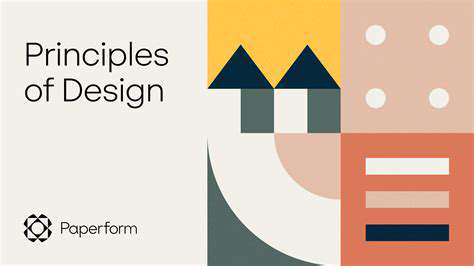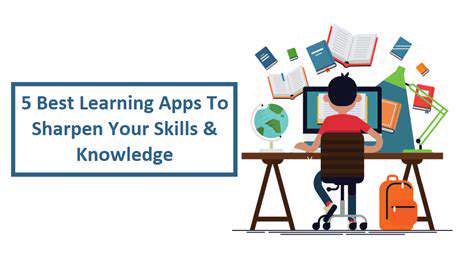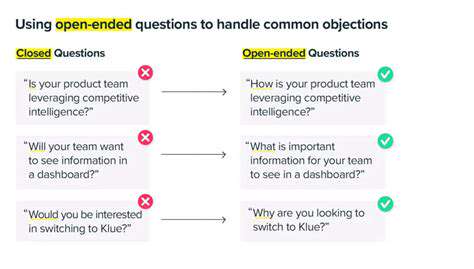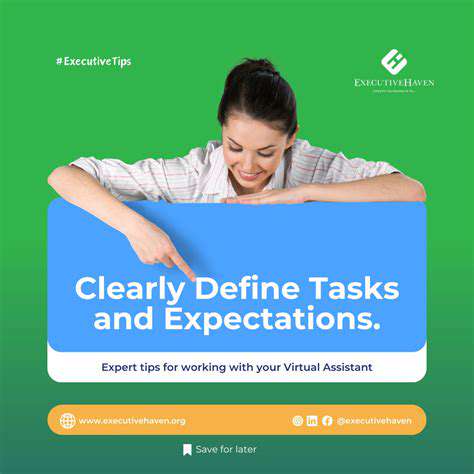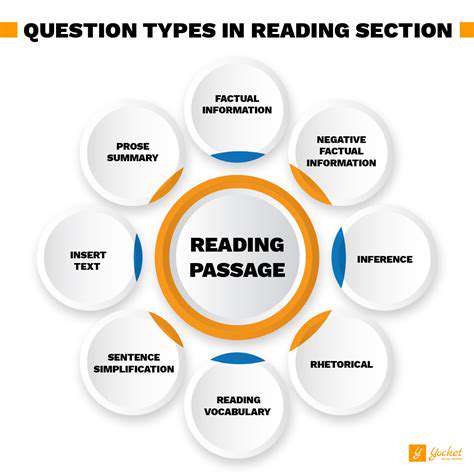Guide to Developing Emotional Intelligence at Work
Understanding the Foundation of Empathy
At its heart, empathy means truly grasping what another person feels—not just intellectually, but emotionally. This human ability forms the bedrock of meaningful relationships, letting us bridge gaps between different life experiences. When we consciously work to see through others' eyes—especially when their worldview clashes with ours—we move beyond transactional interactions into transformative connections.
Building this skill demands brutal honesty about our own blind spots. Our brains constantly filter experiences through personal biases, so real empathy requires dismantling those mental shortcuts. It's uncomfortable work, but the payoff—authentic human bonds—makes the effort worthwhile.
Recognizing and Validating Emotions
True empathy starts with emotional recognition—noticing subtle cues like a tightened jaw or hesitant speech patterns. But recognition alone isn't enough; validation completes the circuit. This means conveying, through words and body language: Your feelings make sense given your experience.
Validation doesn't equal agreement—you can acknowledge someone's anger about a workplace policy while disagreeing with their stance. This distinction separates healthy empathy from toxic compliance. When done right, emotional validation builds psychological safety, creating space for difficult but necessary conversations.
The Role of Perspective-Taking in Empathy
Perspective-taking transforms empathy from passive feeling to active understanding. It's mental time travel—reconstructing someone's entire context: their cultural background, personal traumas, even yesterday's bad traffic that put them on edge. This cognitive heavy lifting separates superficial sympathy from deep connection.
The magic happens when perspective-taking reveals surprising common ground. That political opponent? Their stance might stem from the same protective instincts as yours, just applied differently. These discoveries don't erase differences, but they make conflict more productive.
Active Listening and Nonverbal Cues
Great listeners don't just hear words—they decode the symphony of communication. A sigh carries meaning. Pregnant pauses speak volumes. The best listeners cultivate triple awareness: tracking content, emotional subtext, and their own reactions simultaneously. This prevents your internal monologue from drowning out the speaker's message.
Overcoming Barriers to Empathy
Our brains erect three major empathy roadblocks: cognitive overload (too busy to engage), in-group bias (easier with people like us), and dehumanization (viewing others as less complex). Combat these by scheduling focused conversations, seeking diverse social circles, and practicing humanizing mental exercises—like imagining strangers' rich inner lives during your commute.
Self-awareness acts as an empathy accelerant. When you recognize your own emotional patterns—how stress makes you snippy, or how compliments make you glow—you become better at spotting those states in others. This meta-awareness turns everyday interactions into empathy gymnasiums.
Practice and Growth in Empathetic Connection
Empathy muscles strengthen with cross-training. Read memoirs from war zones. Watch documentaries about subcultures opposite yours. Seek out empathy mentors—people who naturally make others feel understood—and analyze their techniques. Over time, you'll develop an instinctive sense for emotional currents in any conversation.
The empathy payoff compounds exponentially. Each connection builds your emotional vocabulary, making the next one richer. What begins as conscious effort evolves into unconscious competence—the mark of truly transformative communicators.
Effective Communication: Expressing Yourself Clearly
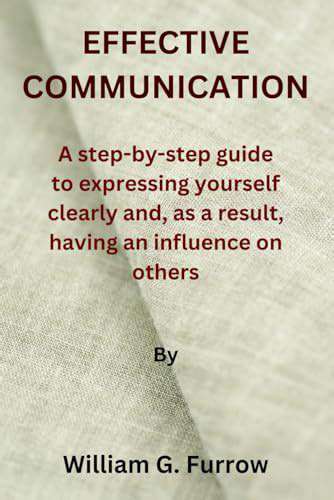
Effective Communication Strategies
Master communicators operate like linguistic architects—they don't just dump information; they design understanding. The golden rule? Structure precedes delivery. Before speaking, mentally organize your points: problem-solution-benefit works for pitches, while chronological order suits stories.
Audience analysis separates adequate from exceptional communication. A tech team needs data density; executives want strategic implications; frontline staff require actionable steps. This chameleon-like adaptation isn't inauthentic—it's professional courtesy, like speaking louder to someone hard of hearing.
Active Listening Techniques
Transform listening from passive to active with the 3R Method: Reflect (So your main concern is...), Reframe (That sounds like...), Request (What would make this better?). This structure prevents robotic parroting while demonstrating genuine engagement.
The most overlooked listening tool? Strategic silence. Most people rush to fill pauses, but the richest insights often emerge in those quiet spaces. Count three full seconds after someone finishes before responding—you'll be shocked what additional details surface.
Verbal and Nonverbal Communication
Your body broadcasts constantly. Leaning slightly forward signals engagement; mirroring posture builds rapport; controlled gestures emphasize key points. The voice itself carries hidden data—a lowered pitch conveys authority, while varied cadence maintains interest.
For high-stakes communication, videotape practice sessions. Watch with sound off to analyze body language, then listen audio-only to assess vocal qualities. This brutal but effective method reveals unconscious habits undermining your message.
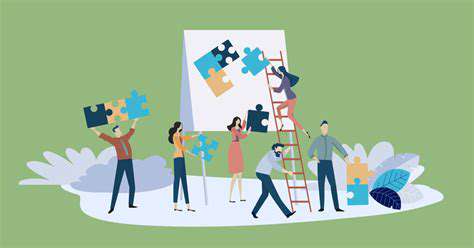
Adaptability and Resilience: Navigating Change
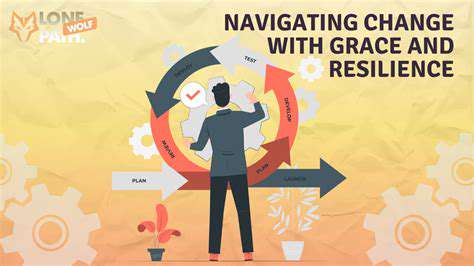
Adaptability in a Dynamic World
Modern adaptability resembles software updates—continuous improvement beats occasional overhauls. The most adaptable professionals schedule learning sprints—dedicated blocks for skill acquisition, ensuring they evolve faster than their industries. This proactive approach transforms change from threat to opportunity.
Psychological flexibility underpins behavioral adaptability. When your identity isn't tied to specific methods (I'm the Excel expert), but to core values (I solve problems efficiently), adopting new tools becomes natural. This mindset shift prevents the rigidity that derails careers during technological shifts.
Resilience: Bouncing Back from Adversity
Resilient people don't just endure storms—they learn to dance in the rain. Their secret? Treating setbacks as data, not destiny. After a project failure, they conduct autopsies without blame, extracting lessons while maintaining self-worth.
Build resilience through stress inoculation—gradually increasing challenges like emotional weightlifting. Start with small discomforts (having difficult conversations), then progress to larger ones (publicly admitting mistakes). This systematic exposure builds confidence that you can handle whatever comes.
The Interplay of Adaptability and Resilience
These twin strengths form a virtuous cycle: adaptability helps navigate change smoothly, while resilience provides the grit to persist when adaptation fails. Together, they create antifragility—the rare quality of growing stronger through chaos.
Practical integration looks like adaptation sprints—quarterly reviews of what's working and what needs changing, coupled with resilience rituals (meditation, exercise) that maintain emotional reserves. This systematic approach prevents both stagnation and burnout.
Read more about Guide to Developing Emotional Intelligence at Work
Hot Recommendations
- How to Stay Productive While Working Remotely
- Tips for Managing Conflict with Coworkers
- Entrance & Certification Exams (升学考试)
- How to Improve Your Storytelling Skills (Speaking)
- How to Find Profitable Side Hustles
- Tips for Preparing for the TOEFL iBT Home Edition
- Guide to Switching Careers from [Industry A] to [Industry B]
- How to Run an Effective Hybrid Meeting
- Tips for Marketing Your Side Hustle on Instagram
